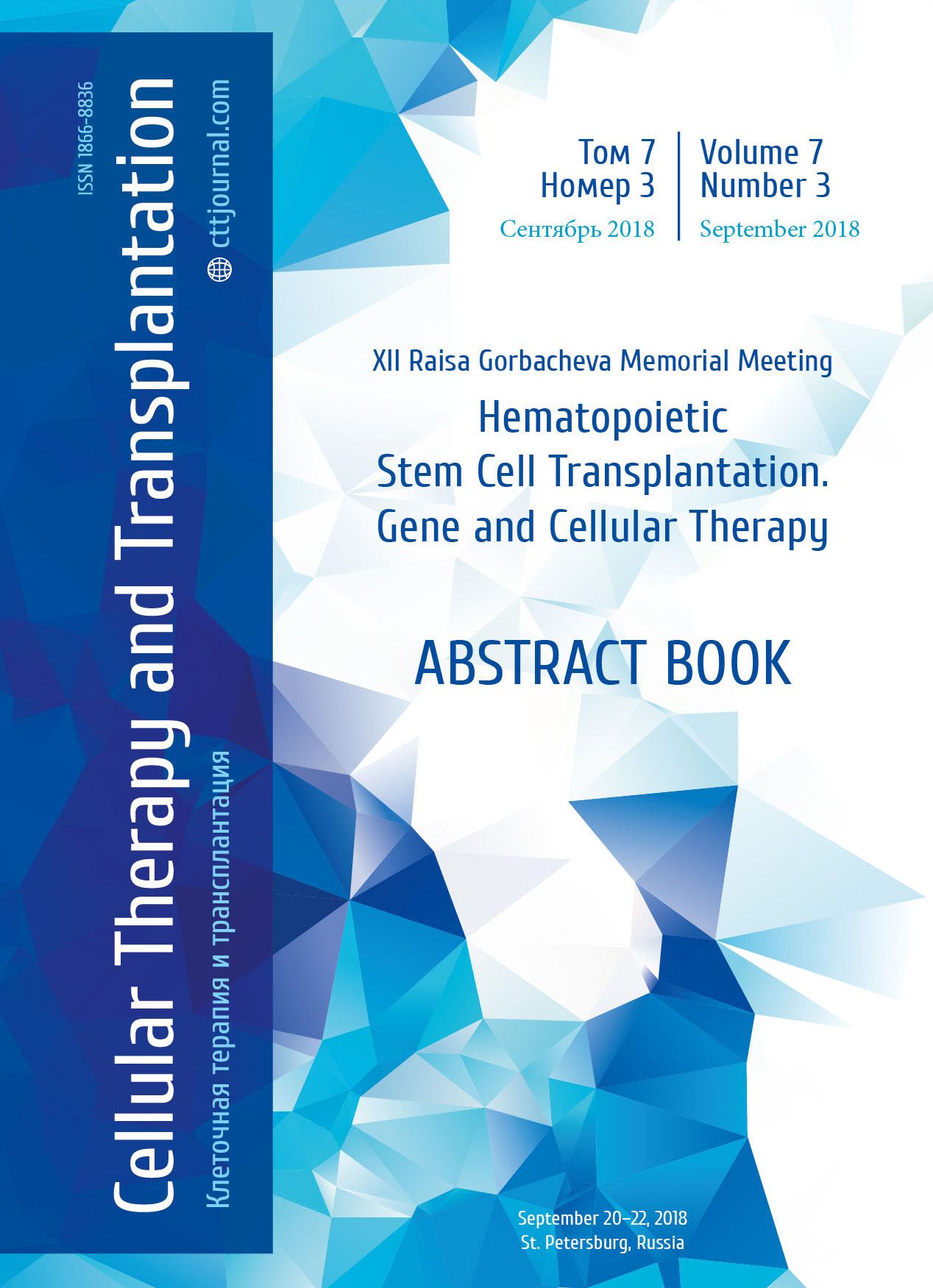Our experience in compounding the parenteral nutrition for patients after allo-HSCT
Summary
Introduction
Nutritional support is an established approach, along with other treatment procedures for patients with malignancies. According to the ESPEN’s report, incidence of nutritional deficiency among oncology patients varies from 46% to 88%. Since 2011, automatic compounding technology is used to prepare parenteral nutrition, antibiotics, and chemotherapy medications. Objective of the study was to compare automatic compounding of parenteral nutrition (PN) with “the flask method” providing separate infusions of distinct nutrients, and with manual PN mixing.
Patients and methods
In 2018, an automatic compounding technology was used to prepare parenteral nutrition for 13 patients treated at the R. Gorbacheva Memorial Institute for Children Oncology, Hematology and Transplantation. The patient group included 7 women and 6 men at a median age of 10 years (11 months to 45 years old) with following primary disorders: ALL, 38.5% (n=5); AML, 30.8% (n=4); MDS, 23.1% (n=3); CML, 7.7% (n=1). Thirteen bags of parenteral nutrition were prepared using a medical compounder, and 4 bags were filled manually. Nine patients received PN by “the flask method”. In each case, time spent for preparing the nutrition was evaluated, and the prepared solutions were bacteriologically tested. As a part of the experiment, nurses at the unit were interviewed about convenience of PN usage when prepared by automatic compounding.
Results
At an average, it took 6.5 minutes to prepare one liter of PN by automatic compounding. It took 9 minutes to prepare 1 to 1.5-liter bag, 11 minutes to prepare 1.5 to 2.0-liter bag, and 15 minutes for a 2 to 3-liter bag. Meanwhile, it took at least 25 minutes to fill a bag manually, and 15 minutes to prepare PN using a “flask method”. All the bacteriological tests performed on the compounder-made PN mixtures were negative. Interviews with medical nurses at the unit showed that the compounder-made PN was easy to use, safe for patients, and helped to save time.
Conclusion
It takes less time to prepare parenteral nutrition by using a medical compounder as compared to “the flask method” or by filling bags manually. The automatically prepared PN is sterile and easy to use.
Keywords
Parenteral nutrition, nutritional support, medical compounder, compounding, aseptic, nosocomial infection.


